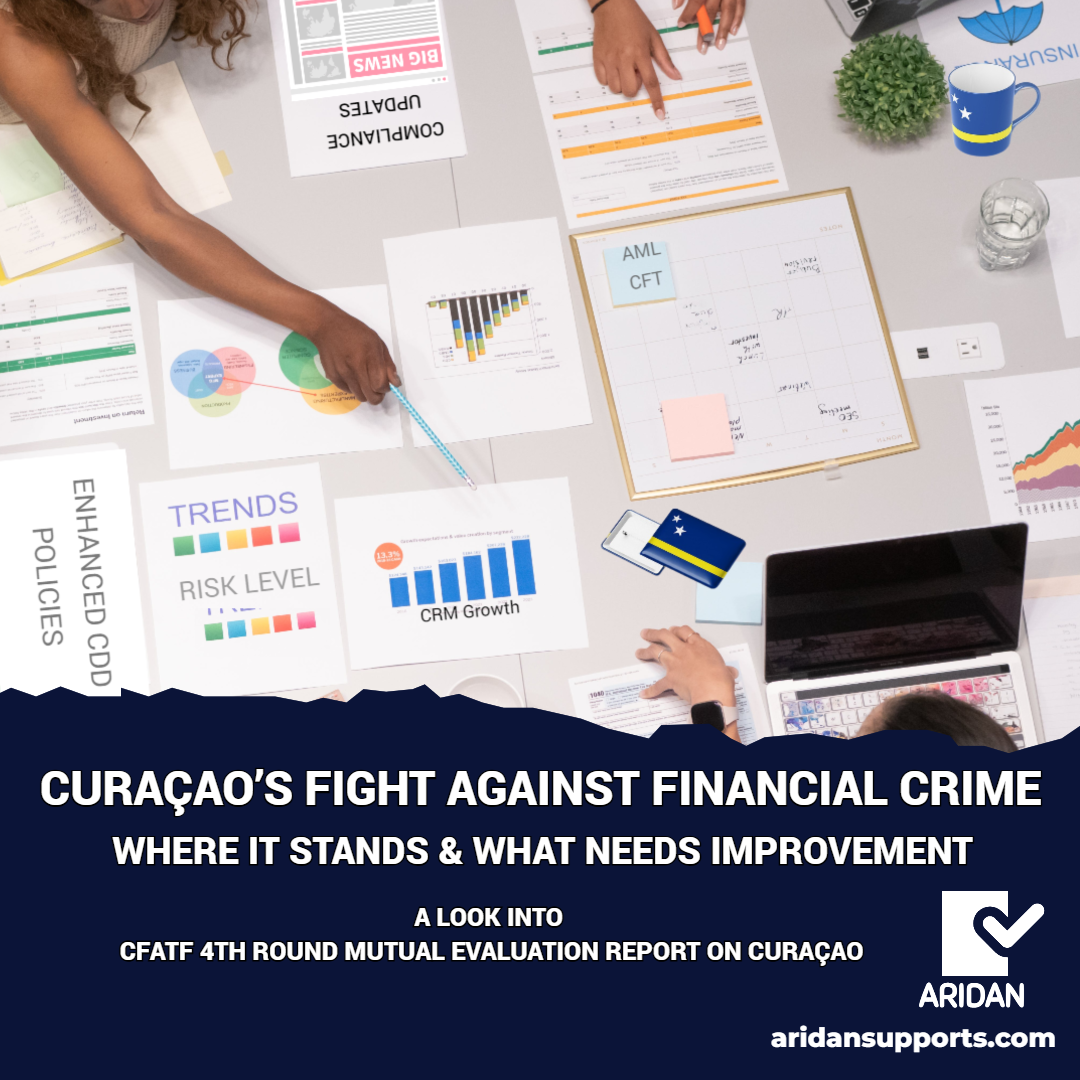How often do we wonder how the government spends taxpayers’ money?
The supreme audit institution is an independent oversight body within a government that ensures transparency through research and reporting, allowing everyone to see how the government allocates funds. This transparency is a prerequisite for a prosperous future.
The supreme audit institution, an essential part of the government’s control and oversight system, plays a central role in ensuring transparency, accountability, and integrity in government spending.
Depending on the country, a supreme audit institution may be called a court of audit (Rekenkamer) which is common in Europe and its former colonies. Nearly every supreme audit institution in the world is a member of the International Organization of Supreme Audit Institutions, which works to establish and disseminate international standards and good practices. The main objectives of a supreme audit institution are:
- Supervising the legality, efficiency, and effectiveness of the policies and management within the government.
- Evaluating whether government expenditures are spent lawfully and whether financial resources are used efficiently and effectively.
- Providing objective and reliable information to the legislature (such as city councils or parliaments) and the public about the results of their audits.
- Improving the transparency and accountability of the government by identifying any shortcomings and formulating recommendations for improvement.
- Increasing citizens’ trust in the government through independent and critical audits.
THE CORE FUNCTION OF A SUPREME AUDIT INSTITUTION
The supreme audit institution conducts financial audits of government expenditures and assesses the legality, efficiency, and effectiveness of government policies. It investigates government organizations, programs, and projects to ensure that taxpayer money is spent responsibly and effectively.
TRANSPARENCY AND ACCOUNTABILITY
The supreme audit institution contributes to promoting transparency and accountability within the government through its auditing activities. By issuing detailed reports on its findings, the Supreme Audit Institution provides insight into how taxpayer money is spent and how government organizations perform.
DETECTION OF ERRORS AND MISCONDUCT
One of the supreme audit institution’s main functions is to identify errors, misconduct, and opportunities for improvement in the financial management of government agencies. By exposing these issues, the supreme audit institution can contribute to reducing waste, fraud, and abuse of public resources.
PROMOTION OF IMPROVEMENTS
The supreme audit institution plays a crucial role in promoting improvements within the government. By making recommendations to improve financial processes, internal control systems, and policy implementation, the Supreme Audit institution helps government agencies operate more efficiently and effectively.
CHALLENGES AND AREAS FOR IMPROVEMENT
Although the supreme audit institution plays an important role in promoting good financial management within the government, there are also some challenges and areas for improvement to consider:
LIMITED RESOURCES
Supreme audit institutions often operate with limited resources, which can hinder their ability to conduct comprehensive audits. A lack of financial and personnel resources can limit the effectiveness of the supreme audit institution and undermine its ability to fully perform its duties.
COMPLEXITY OF GOVERNMENT STRUCTURES
The complex structure of government organizations can make it difficult for the supreme audit institution to gain a full understanding of the financial processes and performance of all government agencies. Identifying inefficiencies and misconduct can therefore be a challenging task.
IMPLEMENTATION OF RECOMMENDATIONS
Although the supreme audit institution often makes recommendations to improve financial processes and policy implementation, it is not always guaranteed that these recommendations will be implemented by government agencies. The lack of follow-up on these recommendations can reduce the effectiveness of the supreme audit institution.
The key points about the evaluation of supreme audit institutions from the “Handreiking voor (zelf)evaluaties van lokale rekenkamers” (Guidelines for Self-Evaluations of local Supreme Audit Institutions) of the Dutch Association of Supreme Audit Institutions and Audit Committees (NVRR) are:
SELF-EVALUATION PROCESS
The document describes a structured process for self-evaluation, including preparation, execution, and follow-up of the evaluation of local supreme audit institutions.
OBJECTIVES
It emphasizes the importance of setting clear objectives for self-evaluation, such as improving the functioning of the supreme audit institution and strengthening accountability to the city council.
METHODS AND INSTRUMENTS
The guidelines offer various methods and instruments that can be used to gather information and conduct self-evaluation, such as surveys, interviews, and document analysis.
ENGAGING STAKEHOLDERS
It emphasizes the importance of involving relevant stakeholders in self-evaluation, including city council members, officials, and external stakeholders.
REPORTING AND FOLLOW-UP
Finally, the guidelines advise reporting the findings of the self-evaluation and developing an action plan for following up on recommendations for improvement of the local supreme audit institution.
THE AUDIT APPROACH
The audit approach, aimed at identifying compliance issues and ensuring the legality of expenditures, aims to promote the integrity of financial management and strengthen public confidence in government agencies. This approach includes several steps:
RISK ANALYSIS
The audit approach begins with a thorough risk analysis to identify the key risk areas related to compliance and legality.
AUDIT PLANNING
Based on the risk analysis, an audit plan is developed that determines the scope, objectives, and resources needed for the audit.
COMPLIANCE AUDITS
The audit approach includes conducting compliance audits to verify whether the expenditures and activities of the government entity comply with laws and regulations, internal policies, and procedures.
DOCUMENTATION AND EVIDENCE
During the audit, relevant documents and evidence are collected and analyzed to verify the legality of expenditures and activities.
COMMUNICATION AND REPORTING
The findings of the audit are communicated to the management of the government entity and reported to relevant stakeholders, including recommendations for improvement. Through this audit approach, compliance issues can be identified and addressed, ensuring the legality of expenditures and strengthening public confidence in government agencies.
SHORTCOMINGS
Some shortcomings of an audit plan for compliance audits may include:
INCOMPLETE RISK ANALYSIS
If the audit plan is based on an incomplete or superficial risk analysis, important risk areas may be overlooked, leading to insufficient identification of compliance issues.
UNREALISTIC OBJECTIVES
If the objectives of the compliance audit are too ambitious or unrealistic, this can lead to a lack of focus and effectiveness in achieving the desired results.
INSUFFICIENT RESOURCES
If the audit plan does not provide sufficient resources, such as personnel, time, and budget, this can hinder the execution of the audit and affect the quality of the results.
LACK OF EXPERTISE
If the individuals responsible for conducting the compliance audit do not have the necessary expertise in laws and regulations, financial management, and auditing practices, this can lead to incomplete or inaccurate assessments.
LACK OF INVOLVEMENT OF STAKEHOLDERS
If key stakeholders are not involved in developing the audit plan, this can lead to a lack of support and acceptance, reducing the effectiveness of the audit. It is important to identify and address these shortcomings when developing an audit plan to ensure that the compliance audit is conducted effectively and efficiently.
CITIZENS’ AWARENESS
The lack of awareness of the supreme audit institution among citizens can have several causes:
LOW VISIBILITY
The supreme audit institution often operates behind the scenes and carries out its work without generating much publicity. As a result, citizens may not be aware of the existence and role of the supreme audit institution.
COMPLEXITY OF TASKS
The tasks and responsibilities of the supreme audit institution can be complex and difficult to understand for people unfamiliar with the government’s operation and its oversight bodies.
LIMITED COMMUNICATION
The supreme audit institution may not actively communicate with the general public about its activities, findings, and recommendations, leaving citizens uninformed about its role and contribution.
LACK OF INTEREST
Many citizens may not be interested in the details of government audits and therefore do not prioritize understanding the role of the supreme audit institution.
LOW MEDIA ATTENTION
The media often pay more attention to current political issues and events, leaving the work of the supreme audit institution underrepresented in the media.
CONCLUSION
Overall, the supreme audit institution plays an essential role in promoting good financial management and transparency within the government.
Through its auditing activities, the supreme audit institution contributes to reducing waste, fraud, and abuse of public resources, and helps government agencies operate more efficiently and effectively.
Although there are challenges, the Supreme Audit institution remains a valuable institution for ensuring accountability and integrity within the government.
Sources
Algemene Rekenkamer Curaçao. Wet & Regelgeving. Last accessed on March 27, 2014.
Bakker, L. September 28, 2022, Effectief rekenkameronderzoek: 5 tips! Necker. Last accessed on March 27, 2014.
Margot Gerritsen, M., Lemmens, E. September 4, 2017. Hoe effectief is de rekenkamer? TPC. Last accessed on March 30, 2014.
NVRR. Augustus 2017. Handreiking voor (zelf)evaluaties van lokale rekenkamers: Aanpak en uitwerking toegelicht aan de hand van praktijkvoorbeelden. Nederlandse Vereniging van Rekenkamers en Rekenkamercommissies NVRR. Last accessed on March 30, 2014.
Link to the Dutch version and Spanish version








